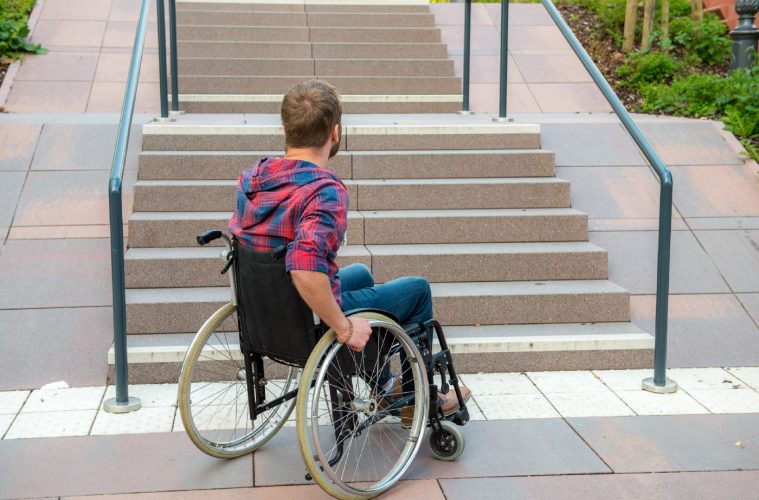Do you often hear about accessibility for people with disabilities but do not understand what that entails? What types of places are affected? What is the place of accessibility? What does the law say exactly?
Accessibility impacts many areas: education, health, work, transport, culture. Here, we will prioritize physical accessibility, that is to say, the accessibility of establishments opens to the public and that of transport networks, but also digital accessibility as well as that for roads and public spaces.
What Is A Handicap?
The law for equal rights and opportunities, participation, and citizenship of people with disabilities, known as the disability law, aims to give people with disabilities access to the same rights and services as the rest of the population. It protects them from all forms of discrimination relating to their different abilities.
This law provides the first legal definition of disability in all its diversity:
“Constitutes a handicap, within the meaning of this law, any limitation of activity or restriction of participation in life in society suffered in his environment by a person due to a substantial, lasting or definitive alteration of one or more functions. physical, sensory, mental, cognitive or psychic, of multiple handicaps or a disabling health disorder.” It is, therefore, a benchmark when it comes to accessibility. Search for vehicle lifts for scooters
The Five Families Of Disabilities
The handicap is declined in the plural and five families together, each with their distinct characteristics. To best meet the needs of people with disabilities, it is above all necessary to understand their profile:
- Visual impairment: blind and visually impaired people. Visual impairment means that they do not perceive an image or insufficiently.
- They are hearing disabilities: deaf and hard of hearing people. There are three types of hearing loss: a partial decrease in hearing sounds, a total decrease, and a change in perception.
- Motor disability: people with a movement disorder who lose all or part of the ability to move. You have surely heard of PRM (people with reduced mobility), indicating someone who has difficulty walking or uses a wheelchair to get around.
- Mental disability: people with learning difficulties and intellectual development below the average of the population. Trisomy 21 is the most well-known intellectual disability.
- Psychological disability: people with disabling psychiatric disorders such as schizophrenia, severe depression, neurosis, or psychosis.

